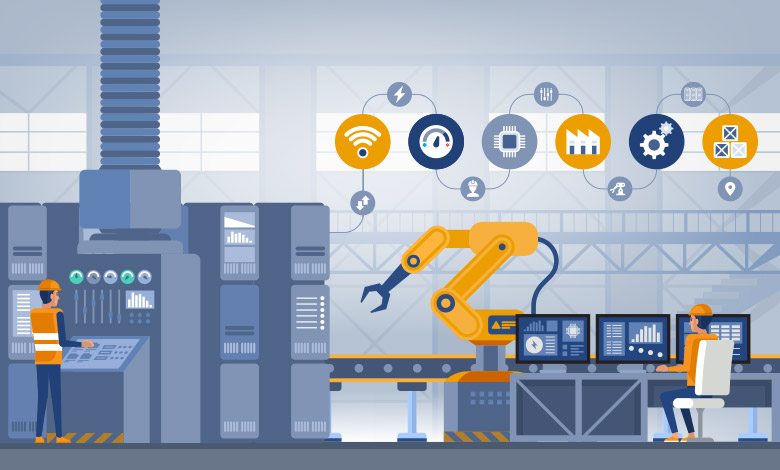Most manufacturers are investing in smart manufacturing, which means increasing the number of edge-based computing devices in factories, warehouses, yards, and other environments. To put this transformation into perspective, let’s look at some compelling statistics: 30% of enterprise budgets will shift to edge computing solutions and roughly 75% of all enterprise data will be produced at the edge by 2025.
New demands for digital processes are driving this transformation at the edge including the need to collect data or automate at the edge, or even empower employees with actionable insight at the edge. Whatever the use case, this means deploying more end-user or headless devices into harsher environments where traditional commercial end-user devices fail to perform or survive. Let’s look at some reasons why fanless industrial products outperform in these manufacturing environments.
Resistant to Particulates
All environments have dust or particulates in the air. In manufacturing, the types and frequency of particulates can play a more impactful role. Some examples include wood-based manufacturing with wood particulates being a constant in the air, in poultry-based manufacturing, feathers and other particulates float to every part of the facility, or even in fabrication-based production environments where various metals or chemical particulates are sucked into factory computers via fans intended to keep computers cool and operating at optimal levels.
Whatever the industry, particulates can be harmful in a couple of ways. First, these particulates enter traditional end-use devices, jamming fans and preventing the adequate flow of air needed to cool components. If unchecked, these particulates lead to overheating and eventually early product failure. Second, some organizations create maintenance tasks to vacuum or blow out end-user devices periodically to combat this. This activity is non-value added, requires a machine to be taken out of service, and depending on the types of particulates in the air, could also represent a safety risk to employees tasked with cleaning.
Operable Under Varying Temperature Ranges
Many end-user devices used in smart manufacturing are placed in locations where traditional fan-cooled devices might not survive. For example, devices may be placed into production equipment, cases, kiosks, utility closets, or mounted in a way that exposes them to higher temperature variations or minimizes airflow.
Most fanless devices are designed to operate in more diverse temperate ranges. They can operate without fans for airflow and leverage fins to transfer heat away from the unit, making fanless or sealed devices more durable and flexible for use in manufacturing or other challenging environments that require compute at the edge.
Durable Components
Let’s take into consideration the components used in fanless or sealed devices. While some products may use less capable processors to control how much heat is produced, most industrial edge devices utilize higher-end components designed to withstand harsher environments and temperatures, and employ production processes to ensure that onboard components are better able to survive the environments they are designed to operate within.
Longer Lifecycle and Support Windows
Lastly, fanless edge devices are built with a longer lifecycle. While traditional end-user computing devices have a limited production and support cycle, most manufacturers of fanless edge devices understand that these devices will be deployed in environments where capital equipment, process equipment, test stands, and other critical equipment may be utilized. This means that these devices have a longer operational lifespan, deliver less downtime, and increase investment return.
This can be even more important if you deploy edge compute into a finished smart product where devices are expected to last, meet warranty requirements, minimize impact to design and production lifecycles, and offer a longer support window.
Connection Can Help
Many new products on the market offer protection for your smart manufacturing initiatives. These devices balance cooling, temperature, and vibration, feature higher performance components, and can perform in environments not suitable for typical end-user devices. These devices also come in many different form factors and may be configured with a wide range of ports and accessories to fit any manufacturing project needs. If your company is looking to deploy end-user or edge compute to support a smart manufacturing initiative, engage Connection’s Manufacturing Practice to learn more about this technology and the many use cases that may benefit your organization.

